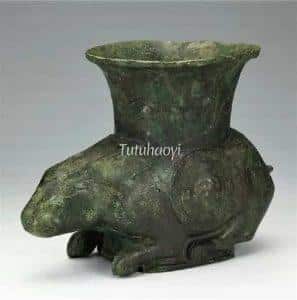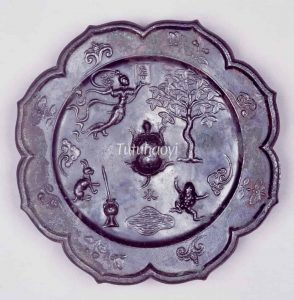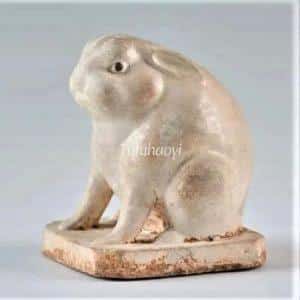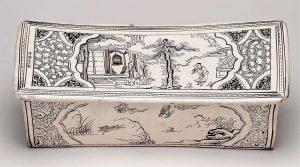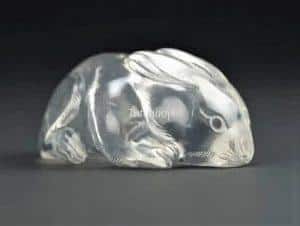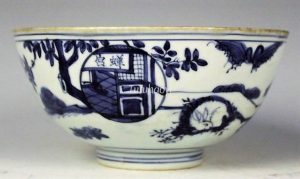Rabbit (Hare)
兔
© Tutuhaoyi.com owns the copyright of the description content for the images attached. Quoting all or part of the description content on this page is permitted ONLY IF ‘Tutuhaoyi.com’ is clearly acknowledged anywhere your quote is produced unless stated otherwise. (本页描述内容版权归Tutuhaoyi.com所有,转发或引用需注明 “Tutuhaoyi.com”, 侵权必究, 已注开源信息的条目除外。)
In an ancient Chinese book, The Huainanzi (淮南子 The Discourses of the Huainan Masters), compiled around 139 BCE, there was a legendary story about a fairy lady, Chang’e 嫦娥, the Moon Goddess. She had a loyal companion, an adorable rabbit, which was often depicted being held in her arms, residing in the Moon Palace, or grinding the tree bark with a pestle in a mortar to prepare some magic medicine for prolonging life. Therefore, the rabbit is symbolic for the moon and longevity. Of course, its amazing ability to reproduce has also been taken for an auspicious wish for someone to have a big family.
Related motifs & symbols:
Fig 1: rabbit-shaped bronze Zun, Western Zhou (1050–771 BCE), courtesy of Shanxi Museum, China
Fig 2: bronze mirror with moulded shallow relief decoration, Tang dynasty (618–907), courtesy of the National Museum of China, Beijing
Fig 3: ceramic sculpture, Tang dynasty (618–907), courtesy of the Shanghai Museum, China
Fig 4: Cizhou-type stoneware pillow, Jin dynasty (1115–1234), courtesy of the Trustees of the British Museum
Fig 5: crystal carving, Yuan dynasty (1271–1368), courtesy of the Shanghai Museum, China
Fig 6: porcelain bowl with underglaze blue decoration, Jiajing period (1522–66), Ming dynasty, Zhenjiang Museum, Jiangsu Province, China
Fig 7: porcelain vase with underglaze cobalt blue decoration, late 16th century, courtesy of the Metropolitan Museum of Art, New York
Fig 8: porcelain dish with underglaze blue decoration, Wanli period (1573–1620), Ming dynasty, courtesy of SOAS
Fig 9: porcelain dish with underglaze blue decoration, made in 1601, Wanli period, Ming dynasty, courtesy of SOAS
Fig 10-11: copper snuff-bottle with enamelled decoration, Yongzheng period (1723–35), Qing dynasty, courtesy of the National Palace Museum, Taipei
Fig 12: jade carving, 18th–19th century, courtesy of the Metropolitan Museum of Art, New York
Fig 13: hanging scroll, ink and colour on silk, attributed to Zhao Qingjian (赵清涧) from Yuan dynasty (1271–1368), undated (Qing dynasty?), courtesy of Princeton University Art Museum
Fig 14: hanging scroll, ink and colour on silk, unidentified artist, Qing dynasty (1644–1911), courtesy of the Metropolitan Museum of Art, New York
